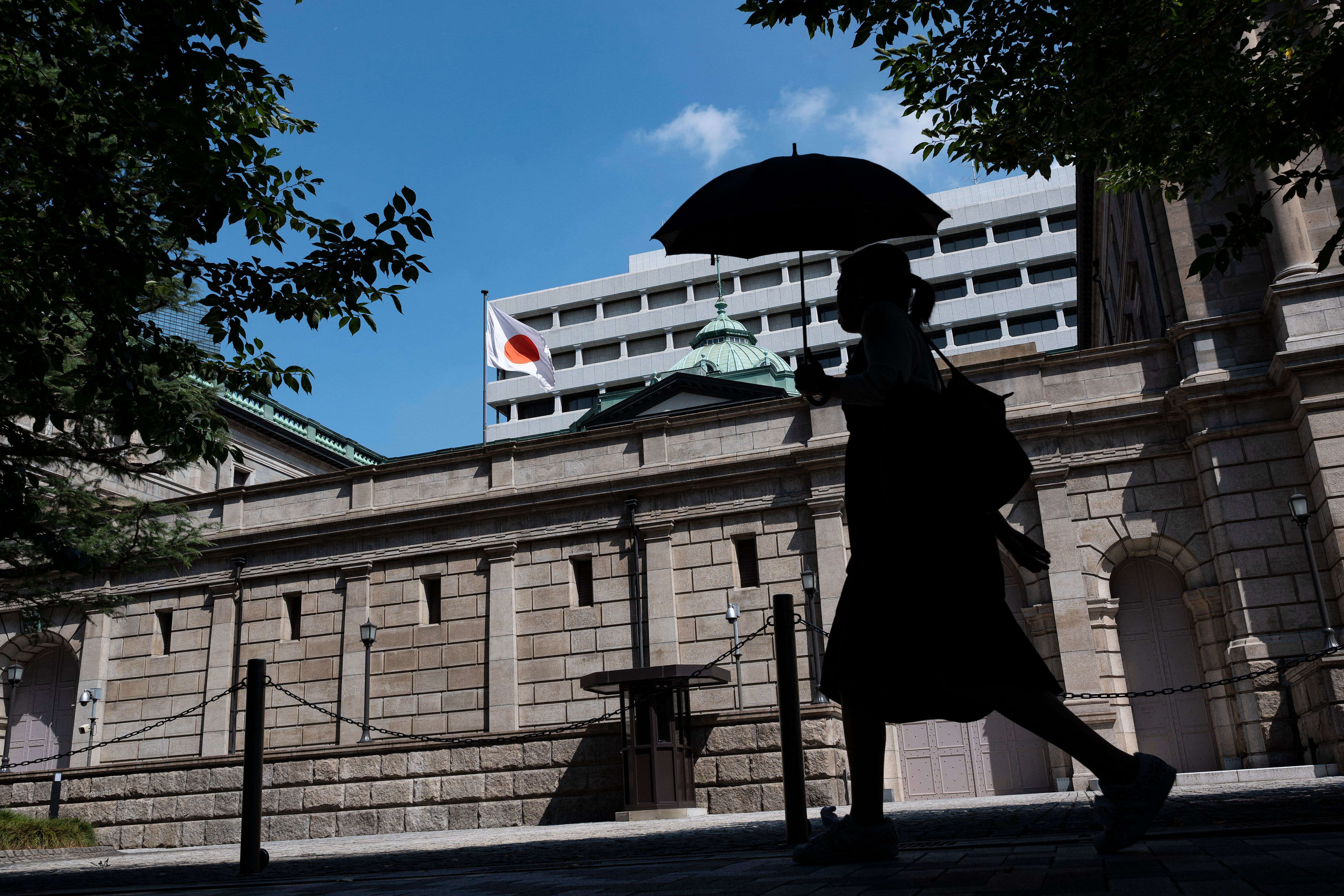The return of stolen artworks has been talked about for centuries, as art theft has become a common method of struggle against peoples, nations and groups. But not as much as in previous years. What has been missing from the discussion thus far is the superstructure, meta-level, and theory. Düsseldorf constitutional attorney Sophie Schönberger presents this now in a small and concise volume: “What to return? Returning cultural property in an age of nostalgia.”
Your initial idea is as straightforward as it is genius: it requires three debates seldom collected before — one about the theft of colonial art, one about art looted by the Nazis and the other over the claims to return the Hohenzollern. The comparison not only provides new insights into the three individual branches but also allows for a general criticism of the recovery system and its difficulties and excesses. For the latter, the demands of the Hohenzollerns must serve it again and again.
Schönberger explains the surge in redemption claims with an ever-increasing presence of the past. It is so present that people today feel more and more compelled to step in to make up for the injustices of the past retroactively. “The past becomes a design element for the present,” says Schonberger. But how do you define this injustice and how can it be corrected from today?
How do you deal with crimes that were not calculated at the time of their commission?
These questions lead directly to a classic legal dilemma: How do you deal with crimes that were not considered as such at the time of their commission, and perhaps even carried out on behalf of the state, like many of the colonial and Nazi crimes of the era? It shows the peculiarity of German law: in addition to the statute of limitations, a very powerful “forgetting mechanism” (Schöneberger) is included in it. Because everyone who bought a stolen thing in good faith “sinked” it after ten years and it became his property. The robber was unlucky.
So the substantive law isolates the past from the present. Our culture of remembrance, which strongly advocates revisiting the past over and over again, counteracts it with ideas of current justice. The people of Hohenzollern are unabashedly exploiting this new culture of questioning the past with their claims for compensation. Instead of acknowledging historical facts, Schönberger said, they are forcing the states of Berlin and Brandenburg to “finally negotiate again the question of the abolition of the monarchy and the establishment of a republic.” They are participating, too.
What the different recovery complexes also have in common is the obvious prominent role organisms play in them. There is less talk about the German genocide in Namibia than about the works of art that Germany stole from Africa. The financial compensation demanded by Hohenzollern left the public indifferent, and their demand for pieces from museums and the right to reside in Sissellenhof Palace provoked outrage.
Sophie Schönberger: What should I go back to? Restitution of cultural property in the era of nostalgia. CH Beck, Munich 2021. 158 pages, €15.
Schönberger explains this through the “magical ability” of things to “make fantasies real.” They are bearers of collective memories, representing cultural experiences, identity and ideas. But she wrote that you have to look closely to properly categorize emotion and coldness in the struggle over things. The variables you list are numerous: for example, an object that only clogs a museum warehouse in Germany can be a living deity of an indigenous community. Conversely, reclaiming a valuable work of art stolen during the Nazi era can mean giving up “the immortality of the individual too” to those who give it up. If the collectors’ heirs sell the work after returning it because they may need the money, this in turn is often accused of sacrilege.
The cost of artworks goes to such an extent that some kind of existence is assigned to them. “Nefertiti Wants to Go Home” was the title of a book on the subject published in 1984, as if your arms had lost their way. Sometimes this rhetoric serves to exonerate the thieves or their descendants because it makes the perpetrators disappear. Sometimes it helps to make returning things more urgent because it declares that things, often closer to us than things stolen, are victims.
On the other hand, if the victims are not identified, it becomes difficult to convince the public – after all, it is mainly about objects from public collections – of the legitimacy of claims for restitution. This is the problem of Georg Friedrich Prince of Prussia. It refers to the supposed injustice inflicted on his family, and at the same time holds the fictional title “Head of the House of Hohenzollern” before him like a scepter. Victims look different.
Politicians delegate the problem to museums and thus force them out of the role of observer
The fact that, despite long-running debates, the return of art that was stolen during National Socialism and in the colonies hardly makes headway is the fault of the policy, which has hitherto not been interested in the subject despite enormous public interest. Schonberger said. Rather than explaining the laws, it delegated the problem to museums, which are hopelessly mired in it. Until now, historical observation was their task, and now they are pushed into the role of historical actors.
Often times, returning the disputed item isn’t the most important outcome anyway. “Procedural” convergence can be much more valuable. But even that is difficult. Until now, representatives of the former colonial societies had to painstakingly claim it, often for years they were banned. More and more Jewish collectors’ heirs are seeking US courts because Germany rejects their claims. It’s different with Hohenzollerns. The highest representatives of German politics have been negotiating with them in the back room for years. Dialogue “at eye level” seems to work well with them.
If there is anything unconvincing about Sophie Schönberger’s engaging analysis of the takeover controversy, it is her attempt to declare it a product of the “era of nostalgia.” The exhilarating rebuilding of the Berlin Palace and the demands to return the looted art it contained in order to compensate for past grievances seem to be due to dissenting tendencies. And even if return claims are always based on a critical look at the past – they must be understood as a business in the future.

“Explorer. Communicator. Music geek. Web buff. Social media nerd. Food fanatic.”







More Stories
Your horoscope for Thursday, April 25, 2024
NASA's advanced solar sail successfully deployed in space: ScienceAlert
What Matty Healy's mother says about Taylor Swift's TTPD